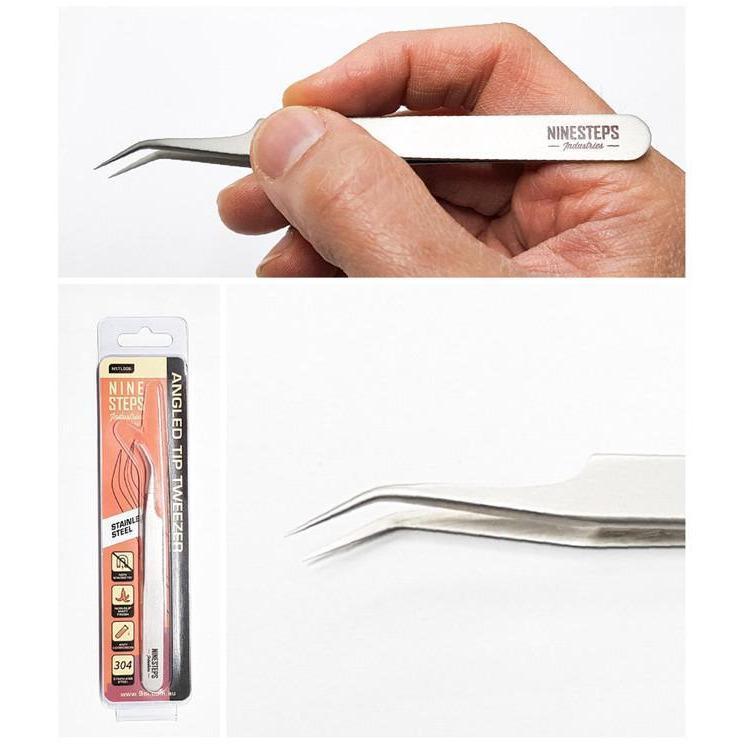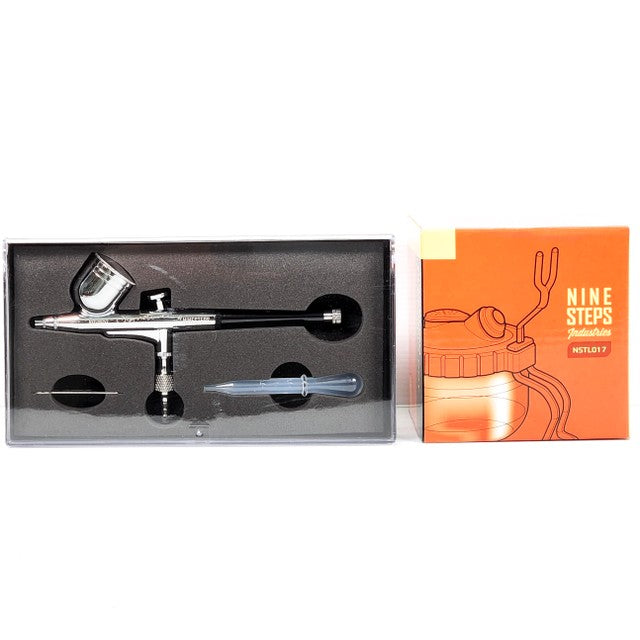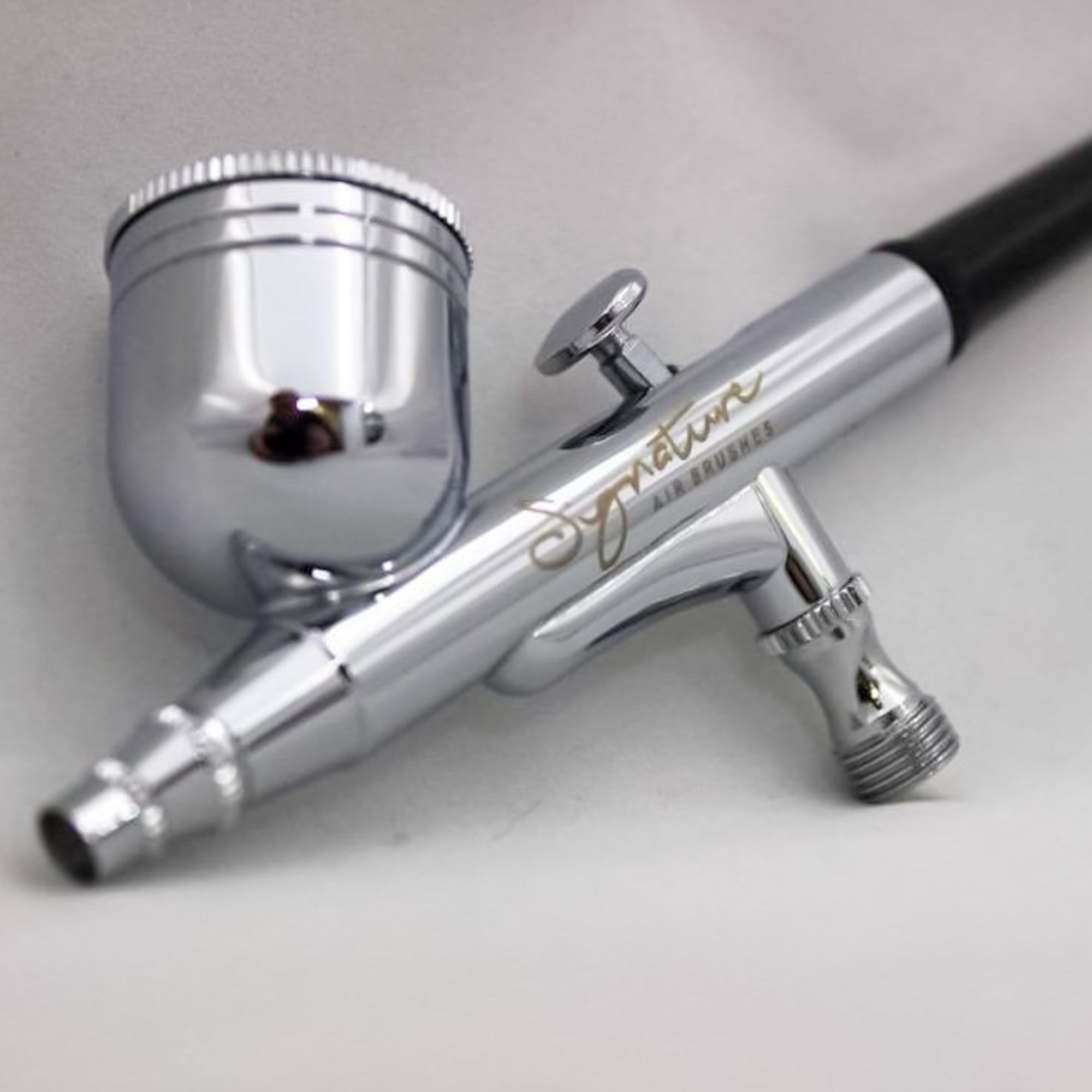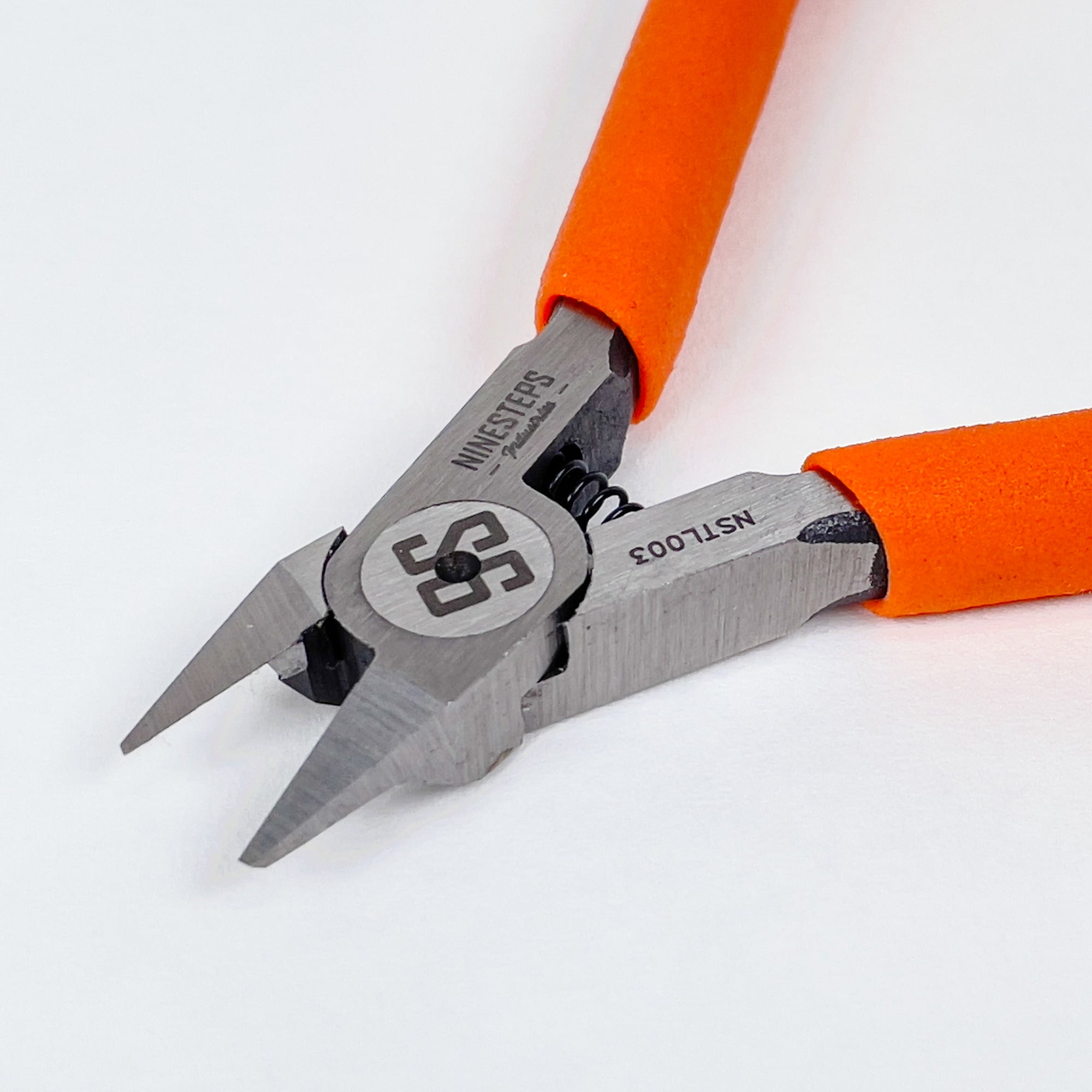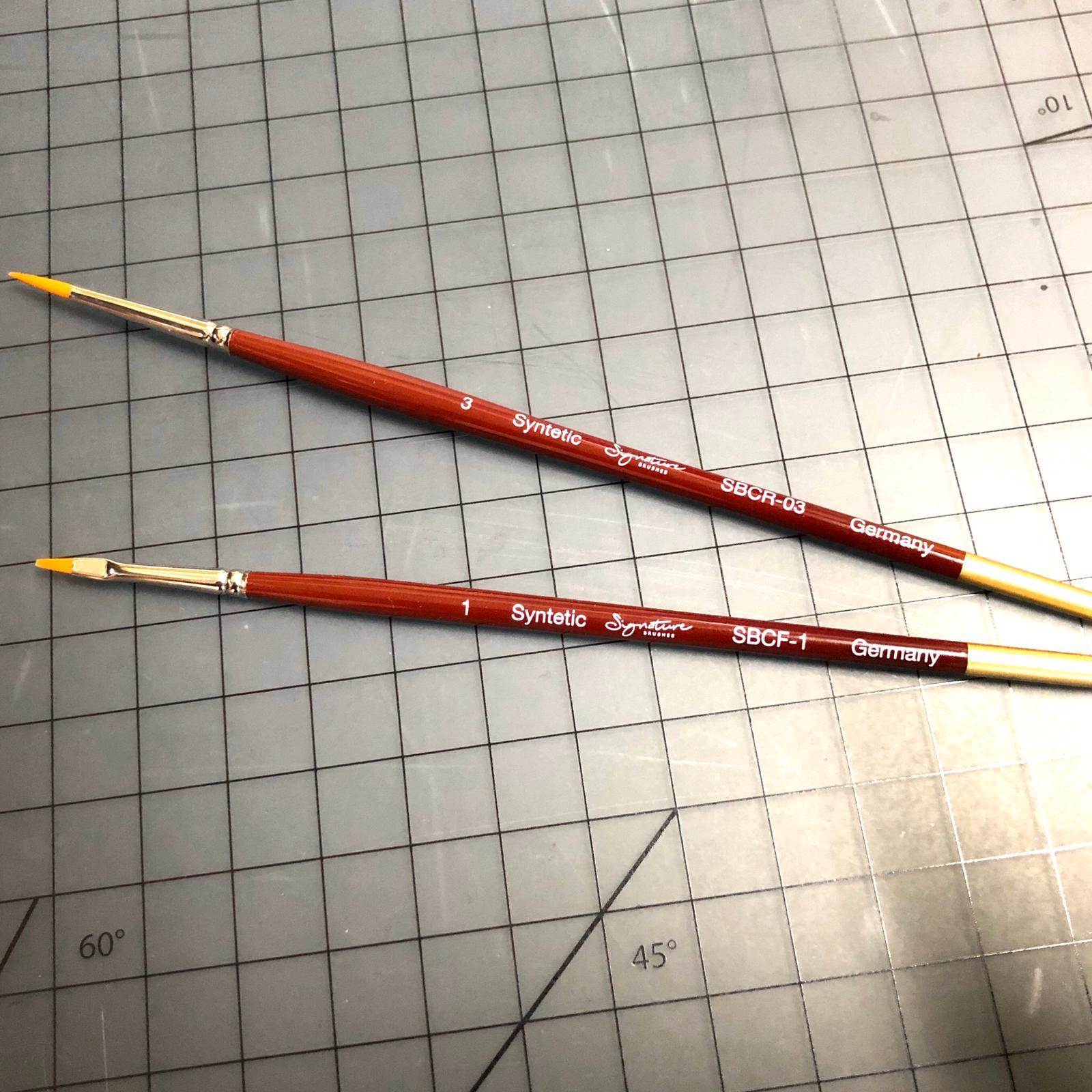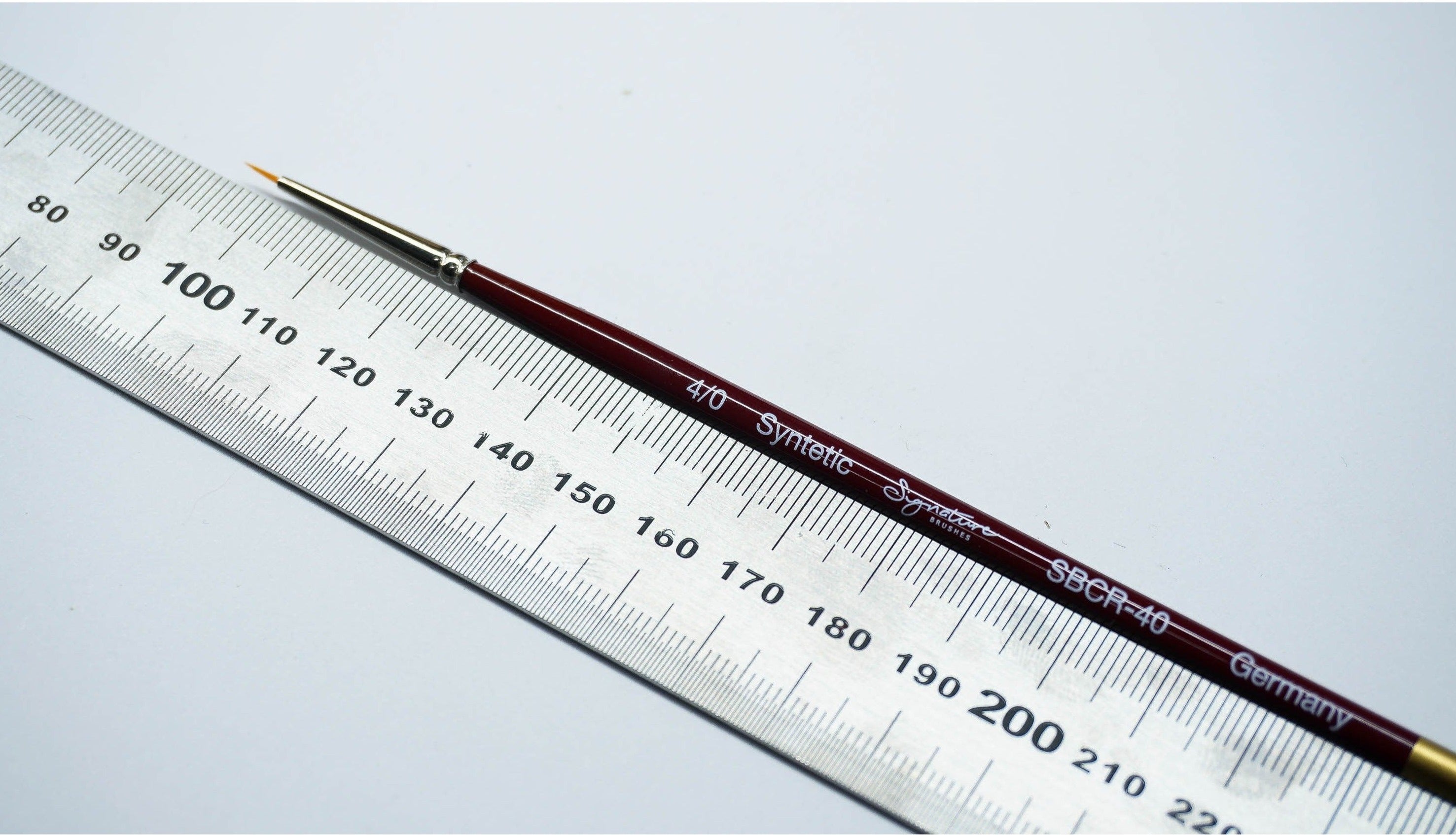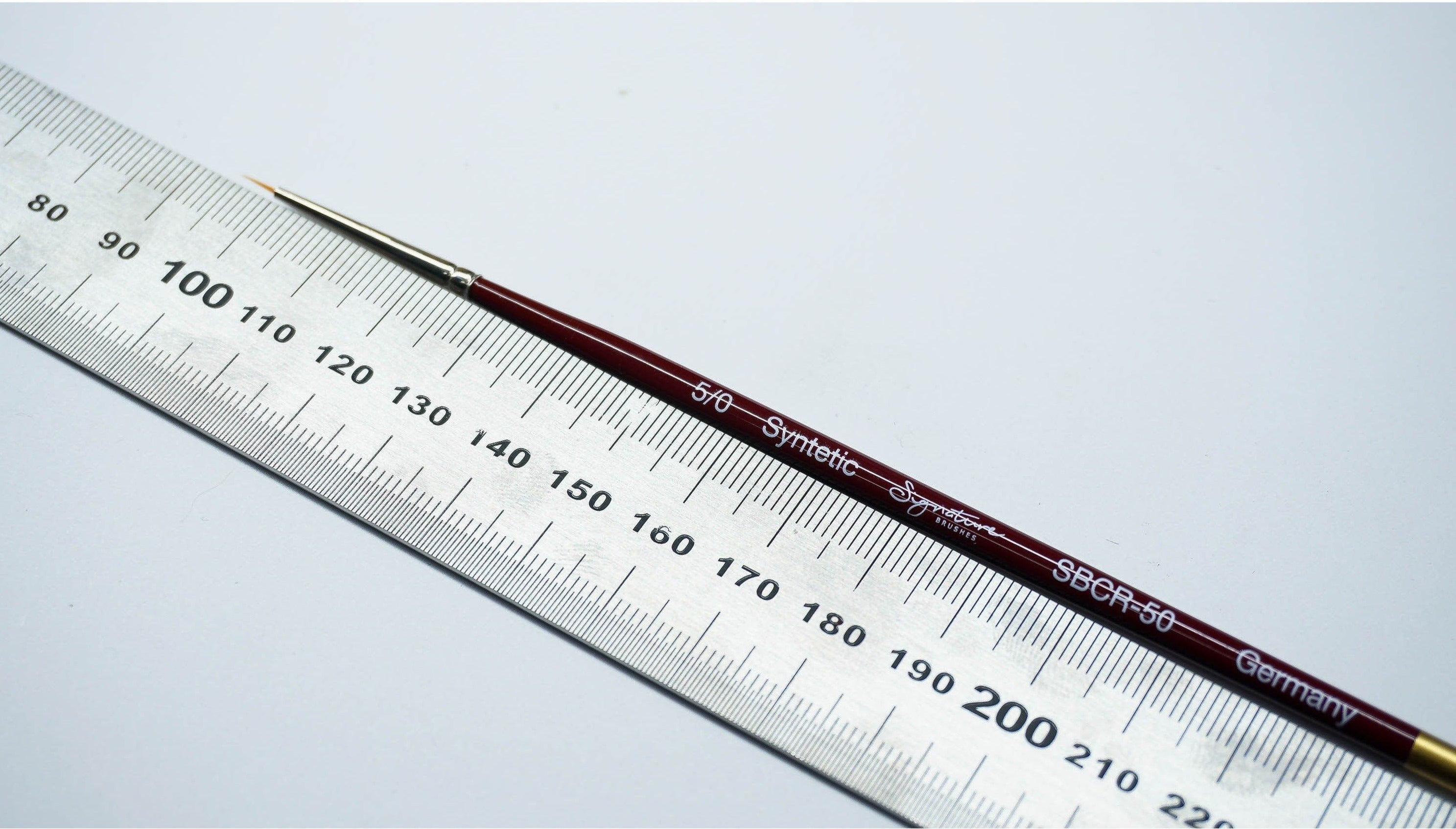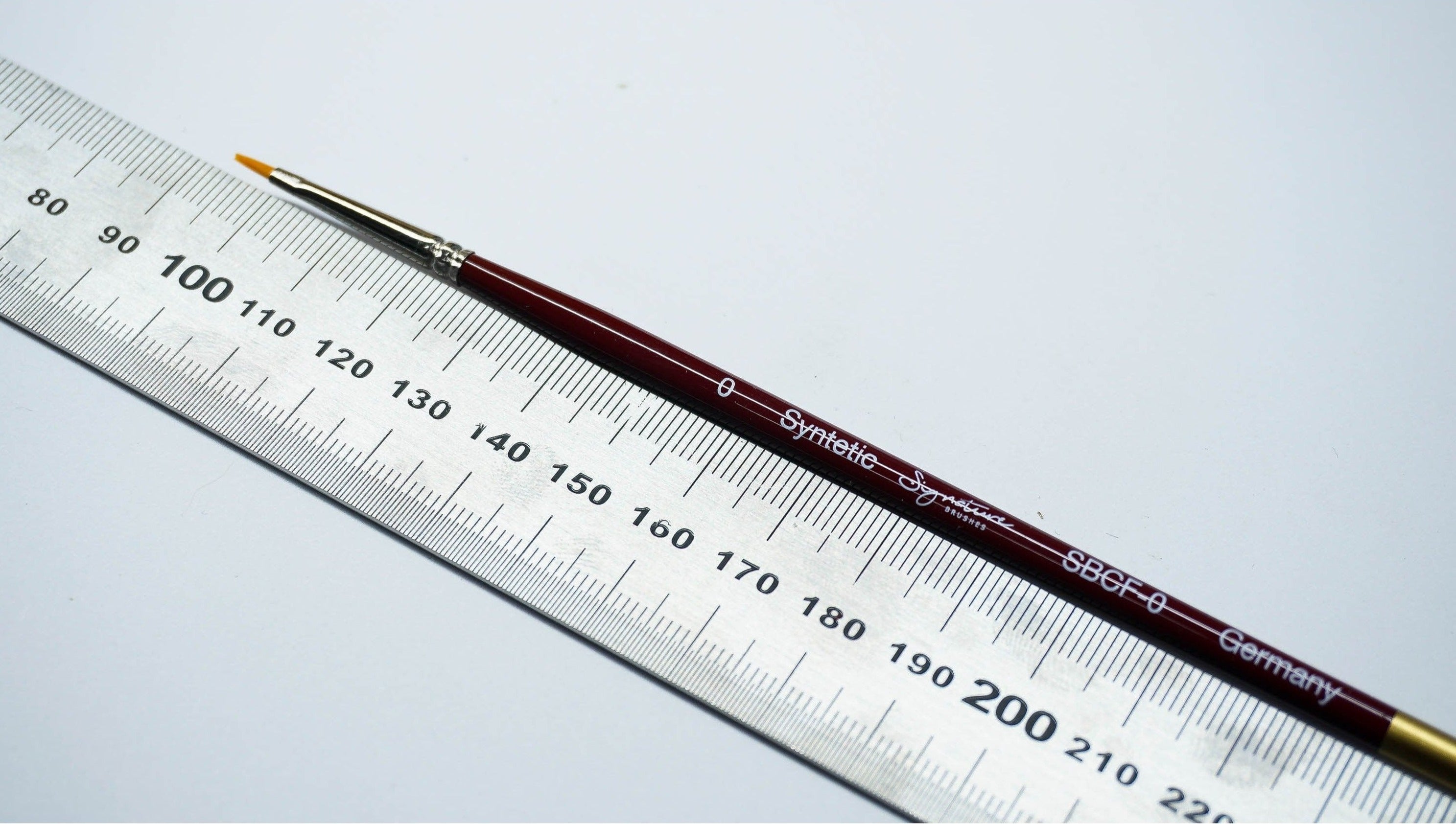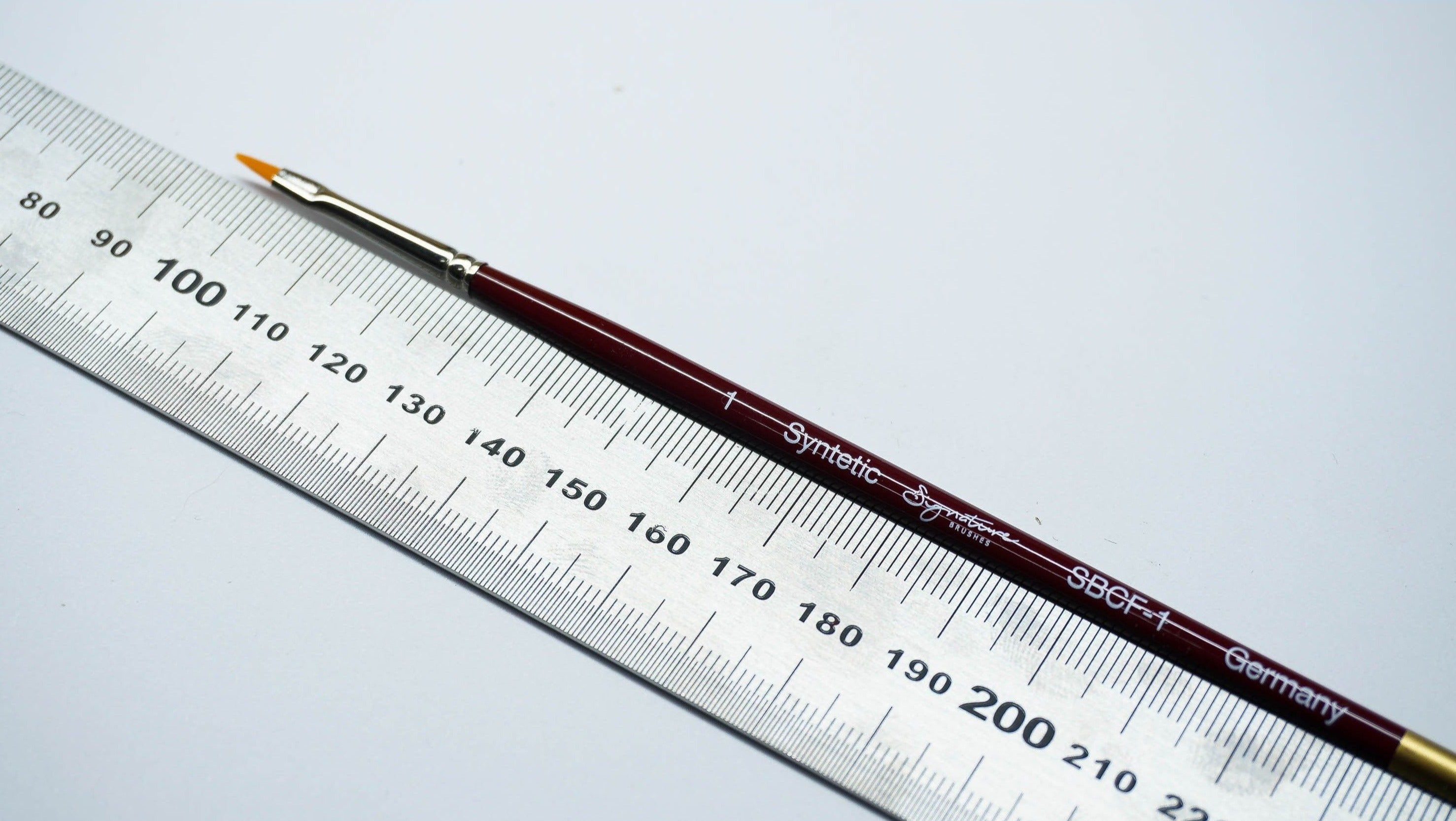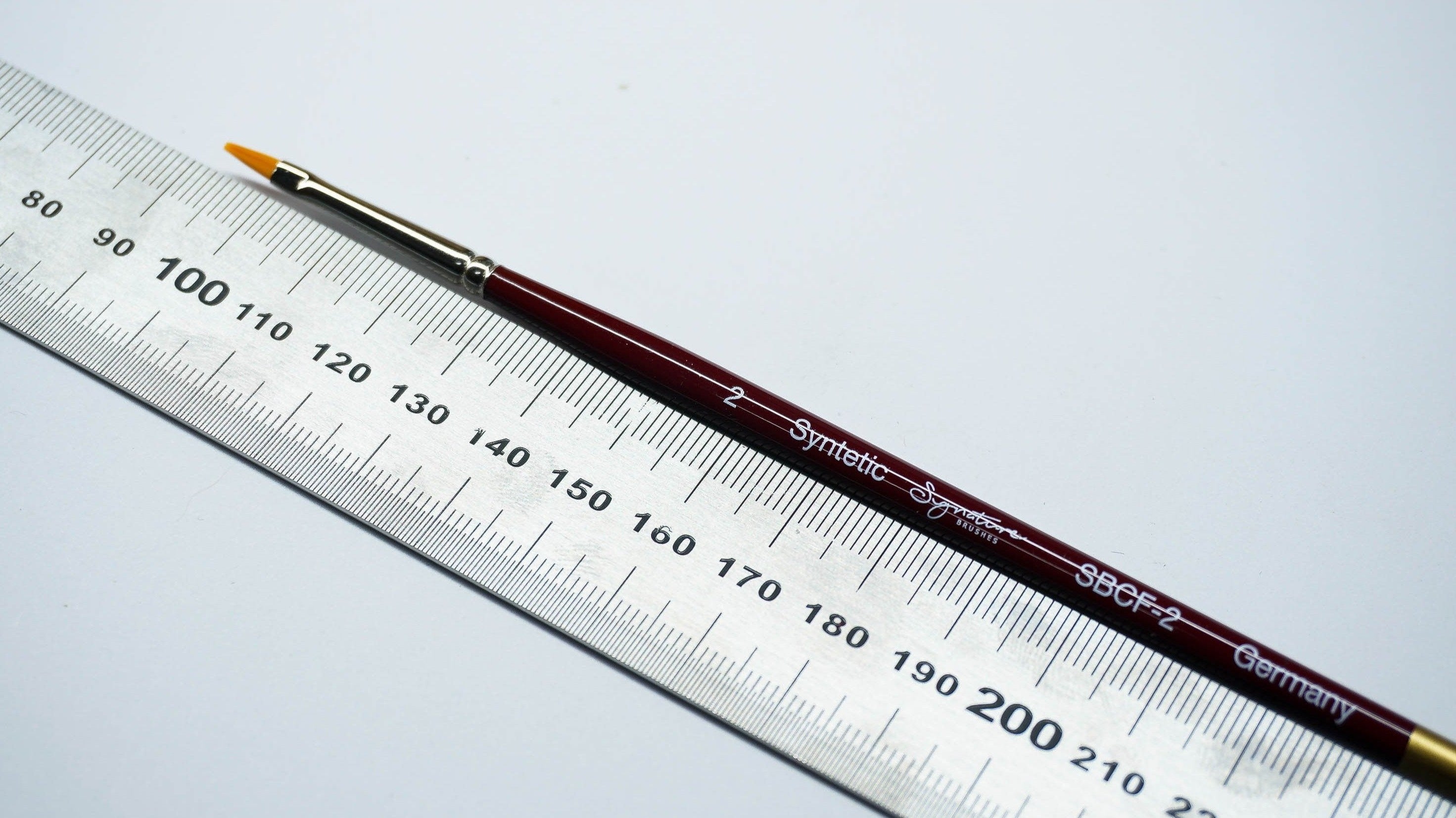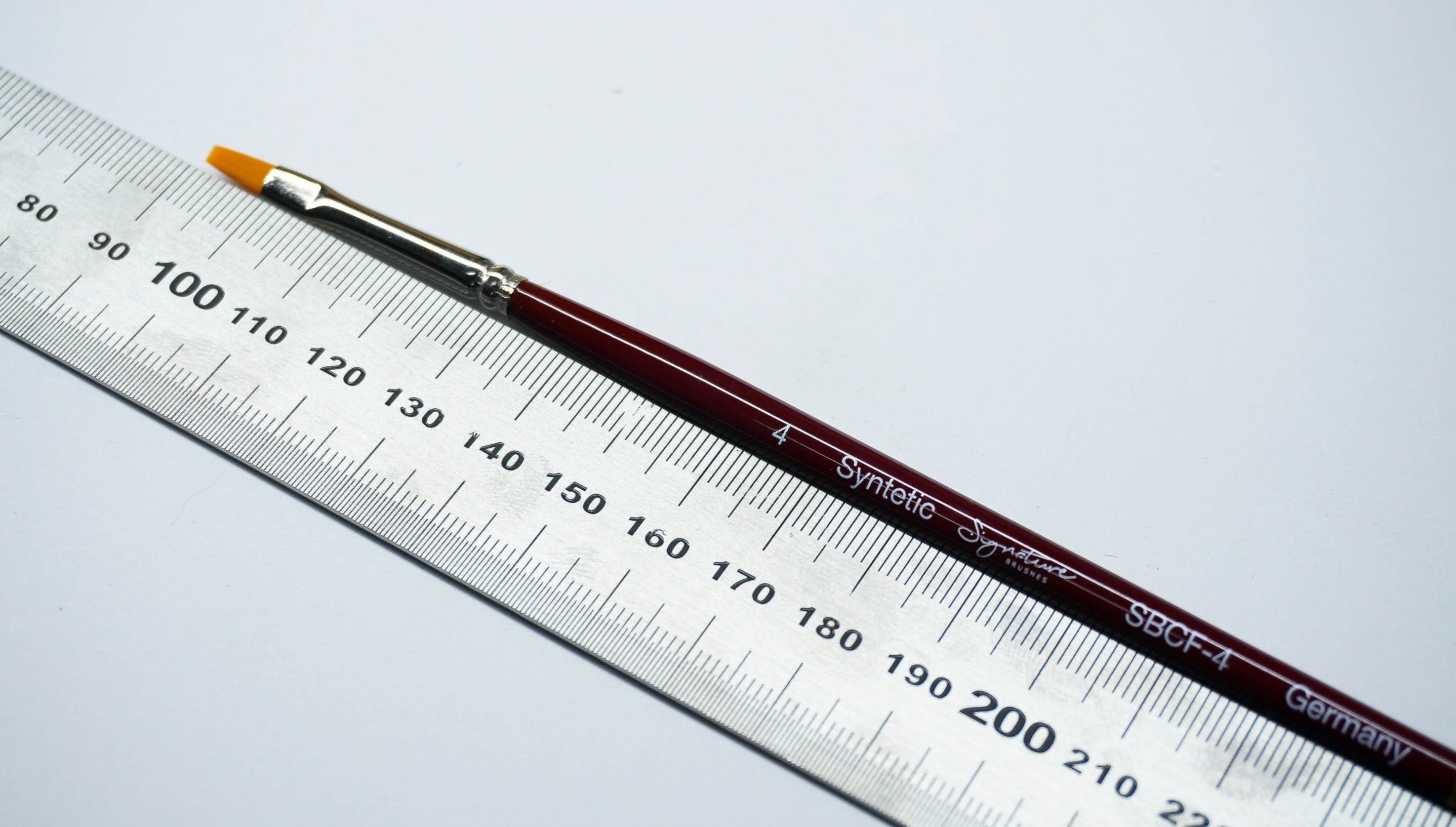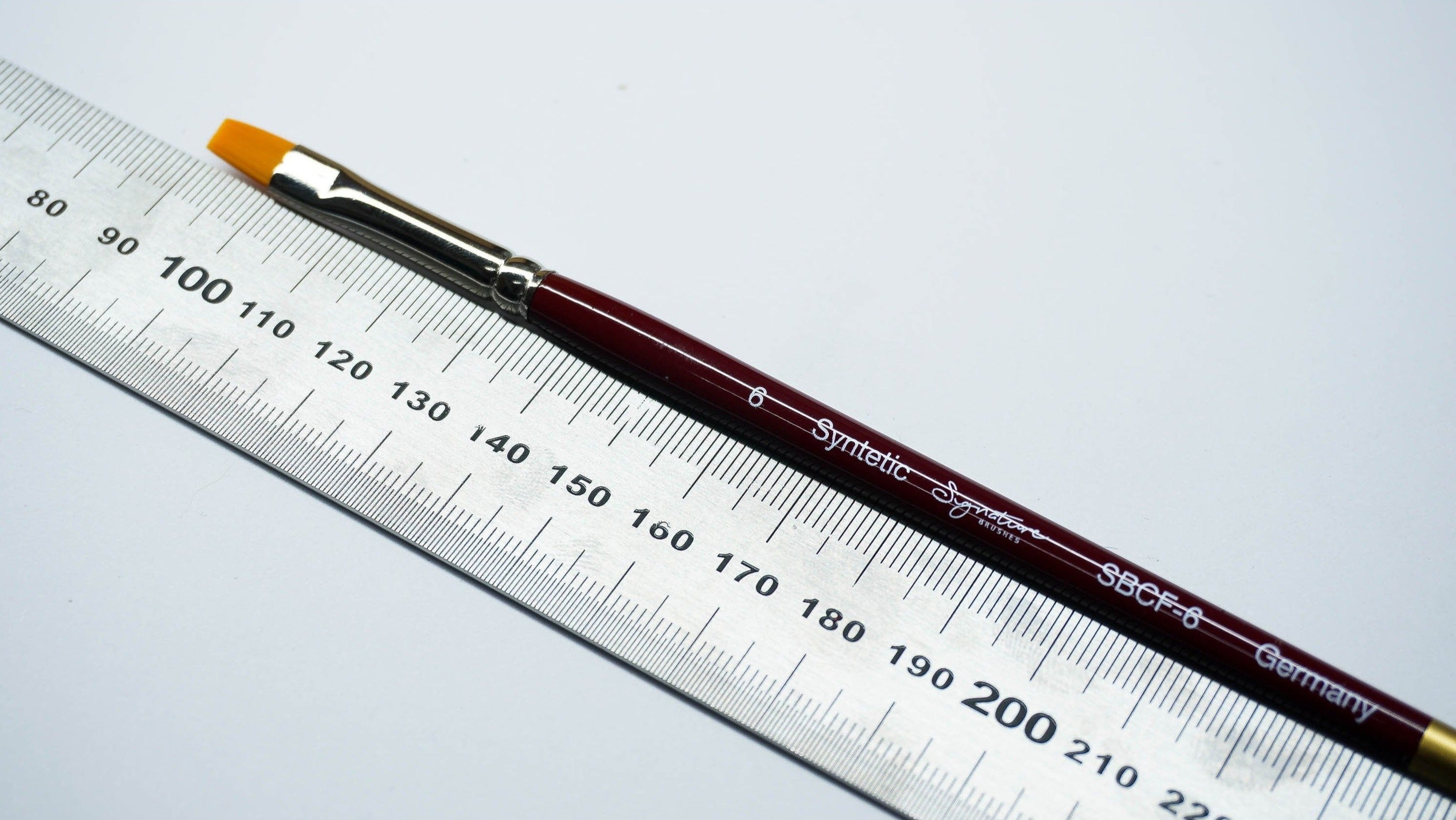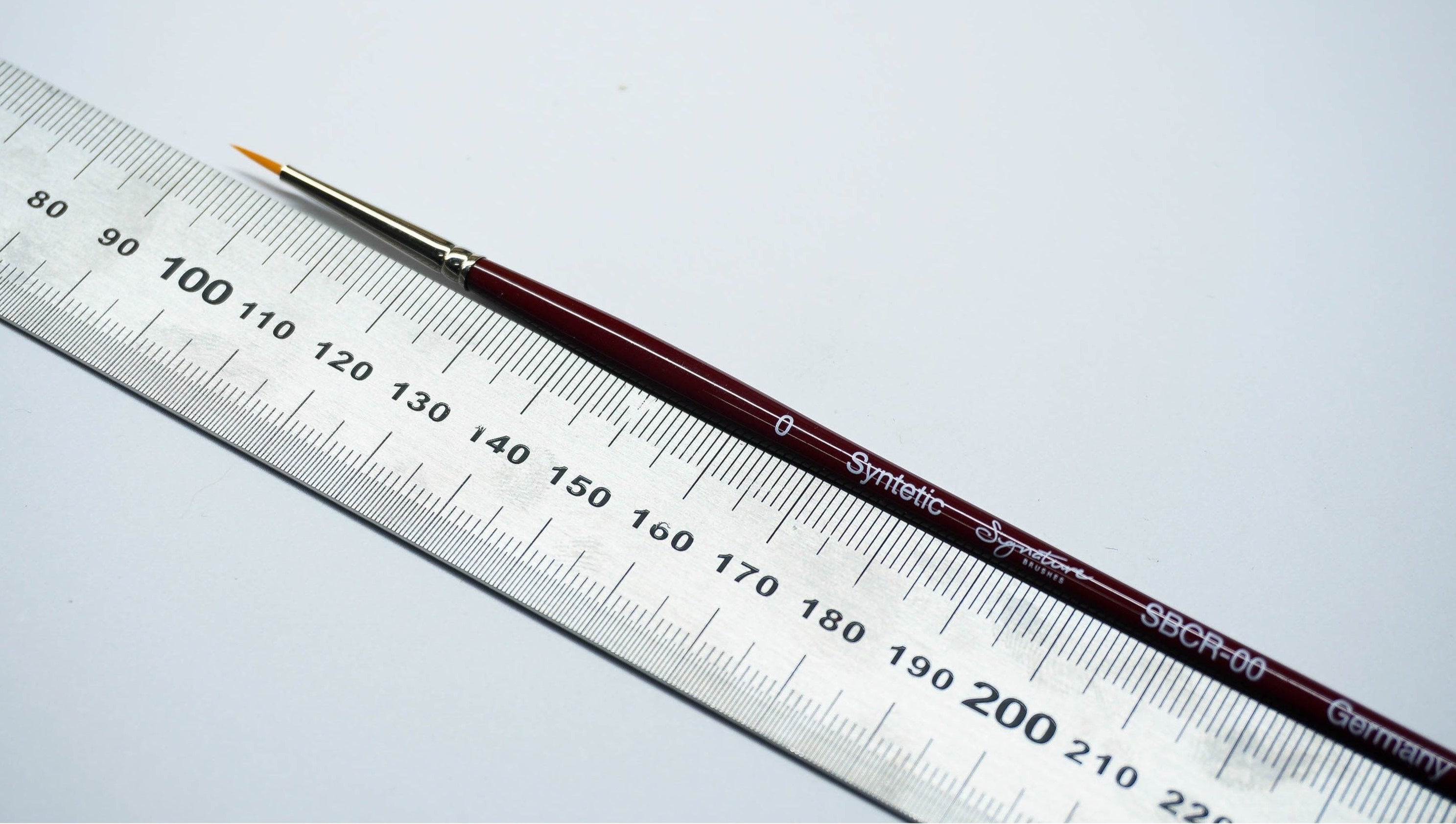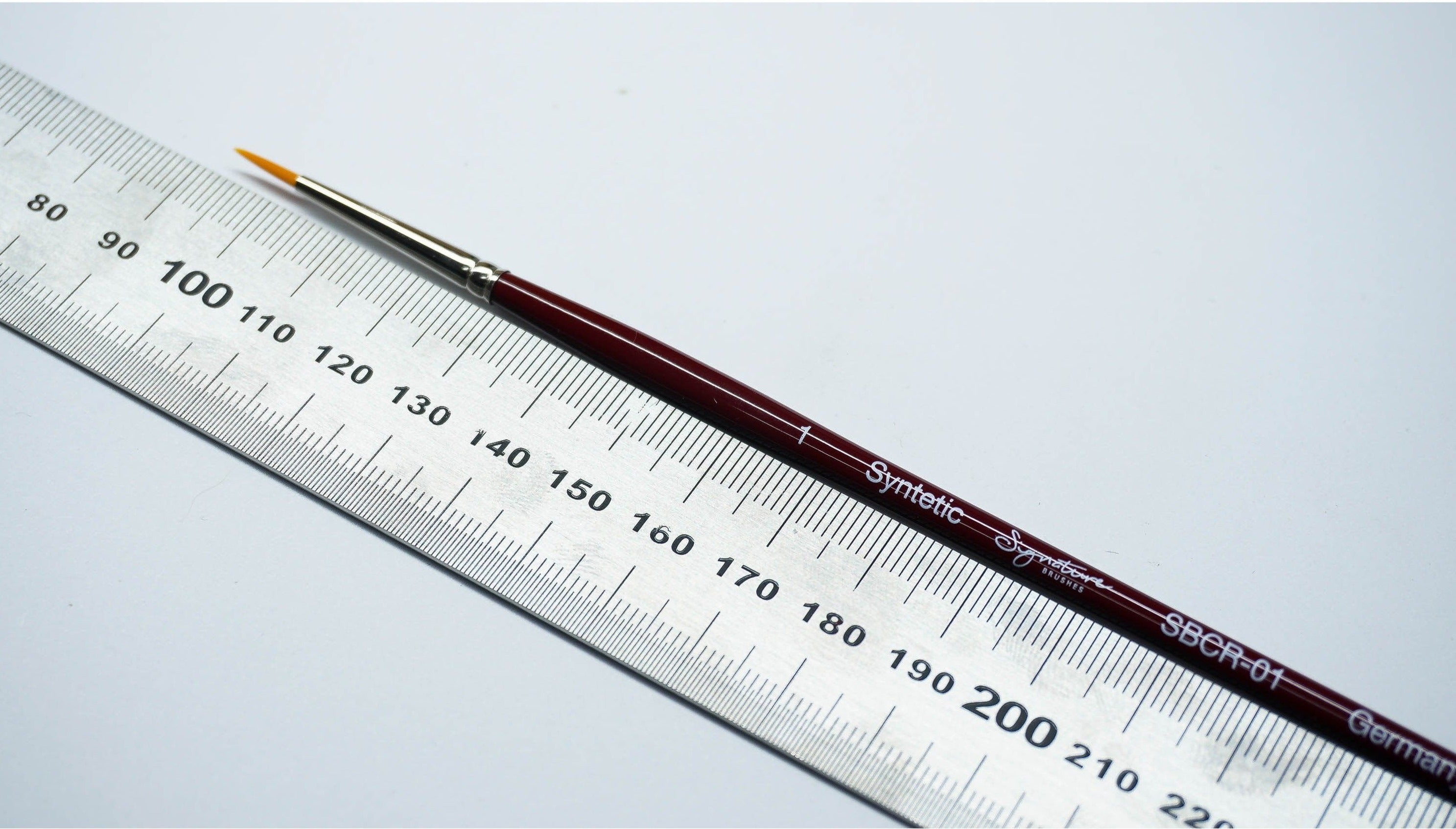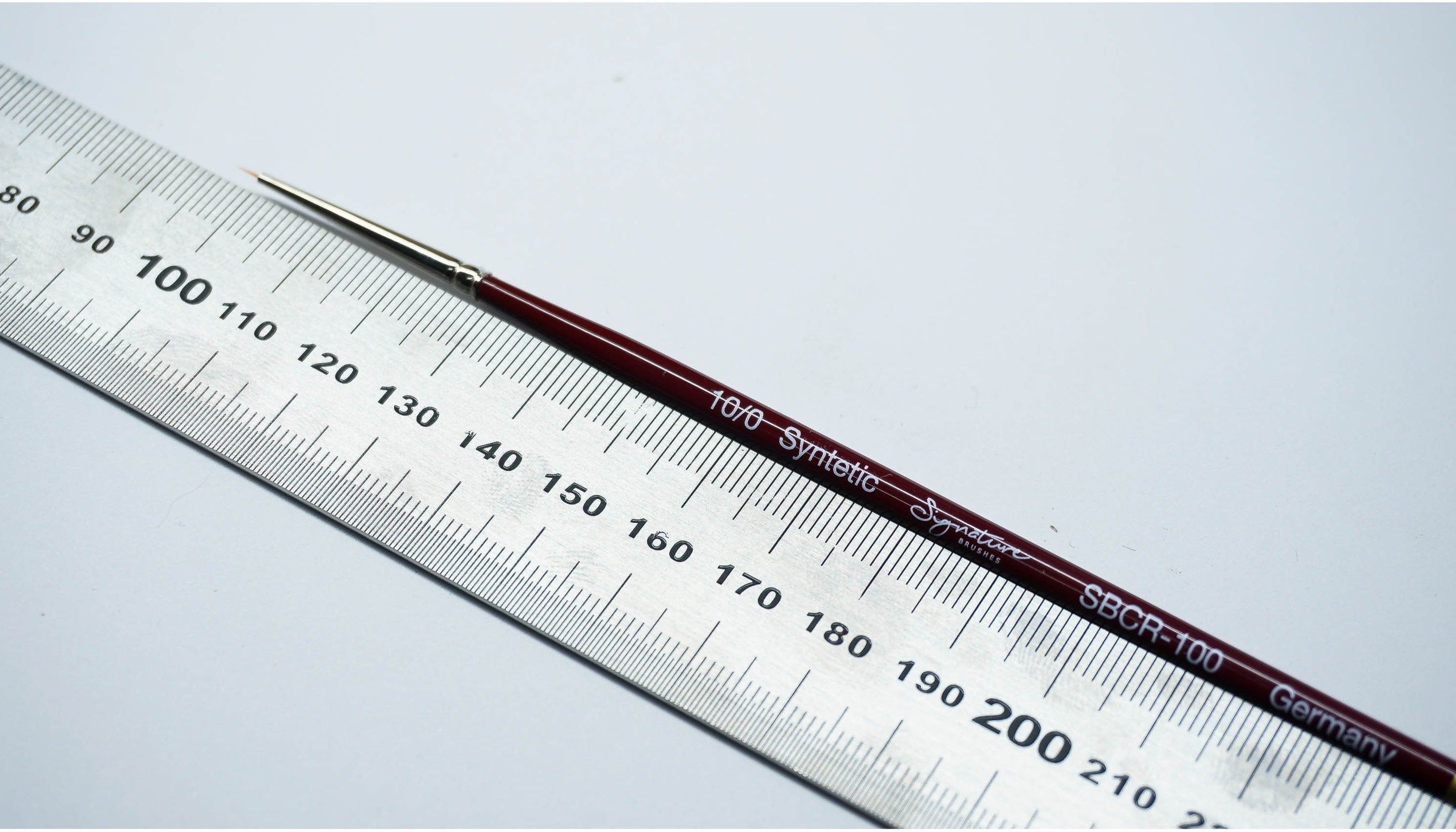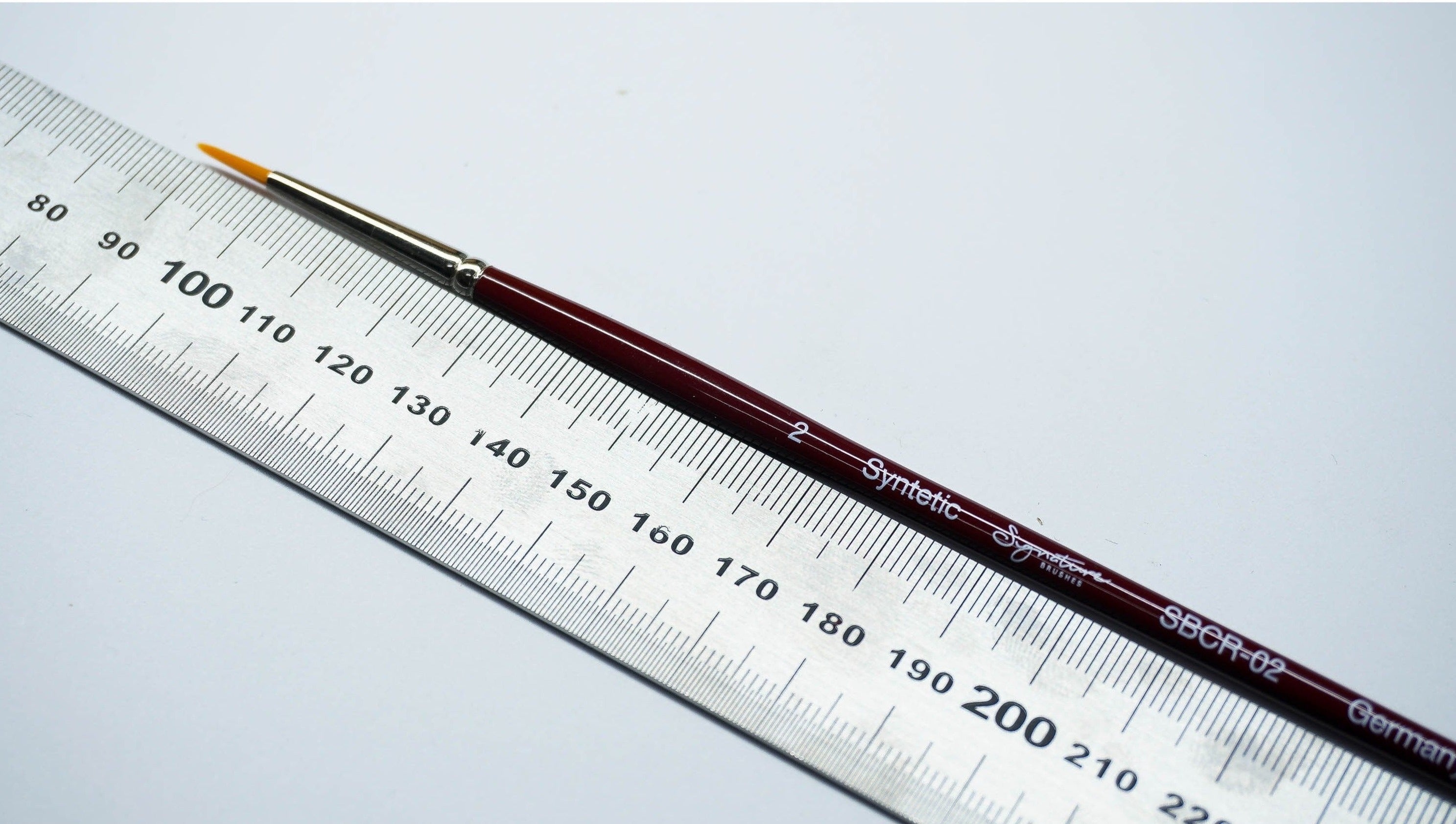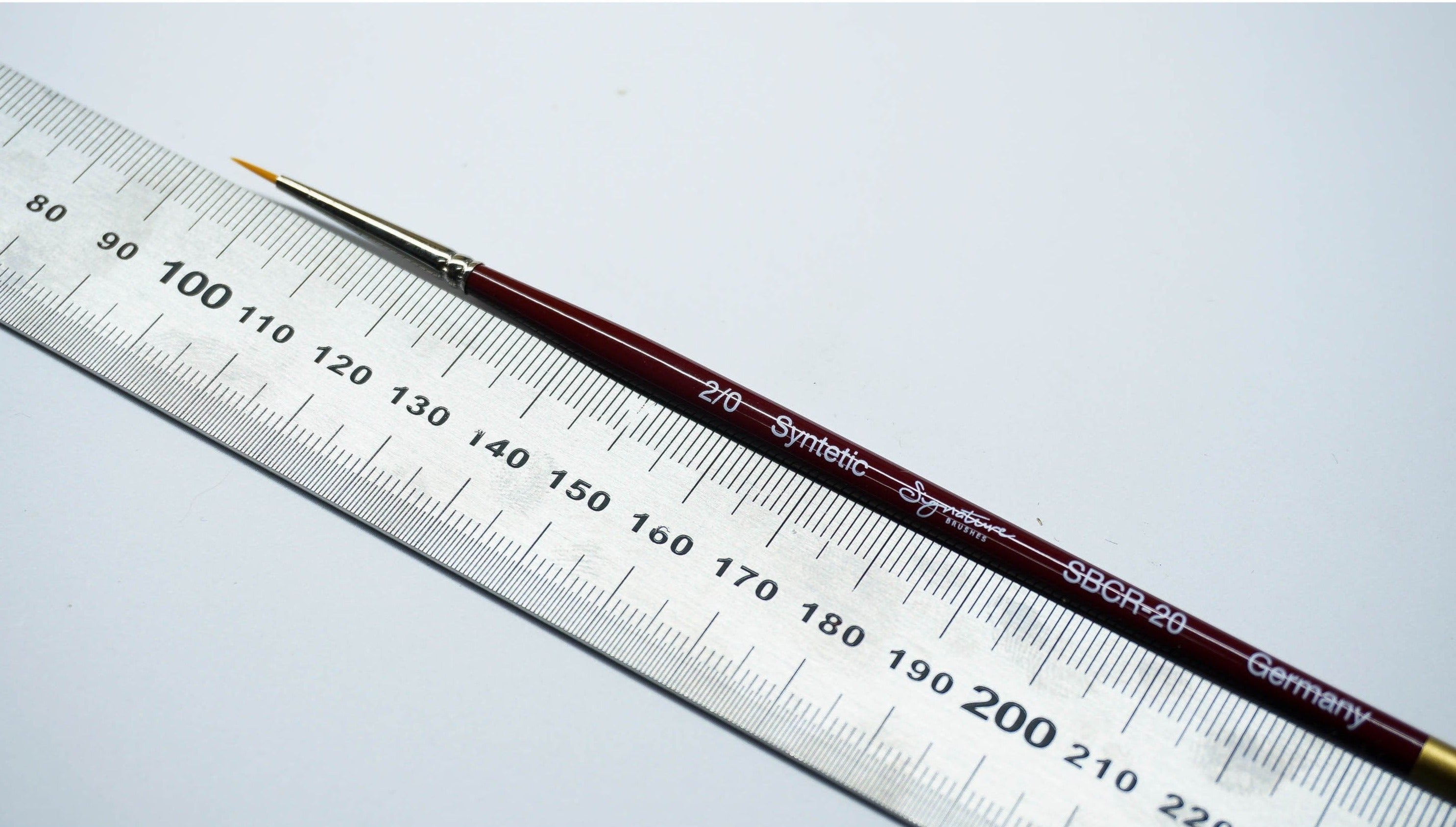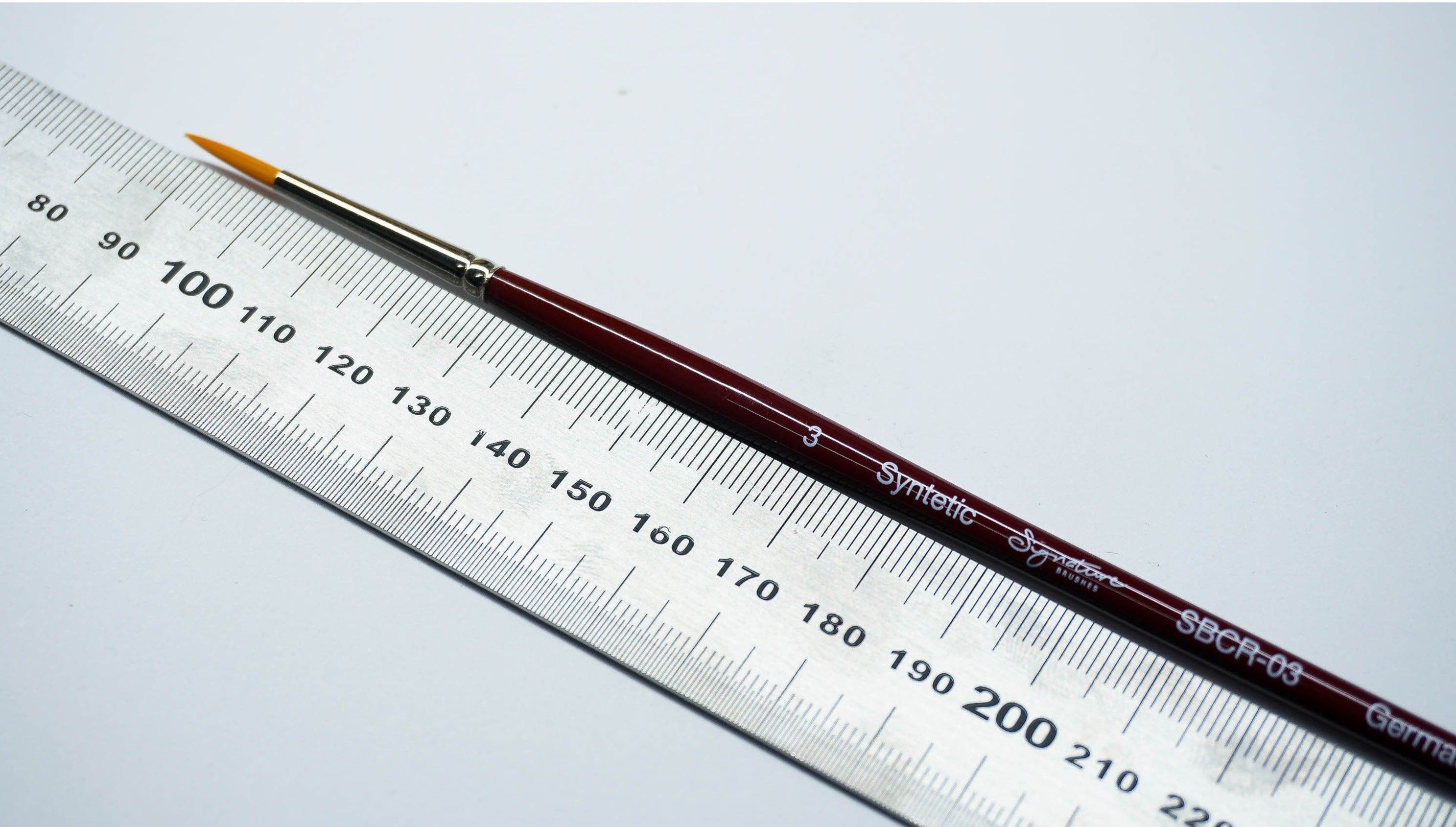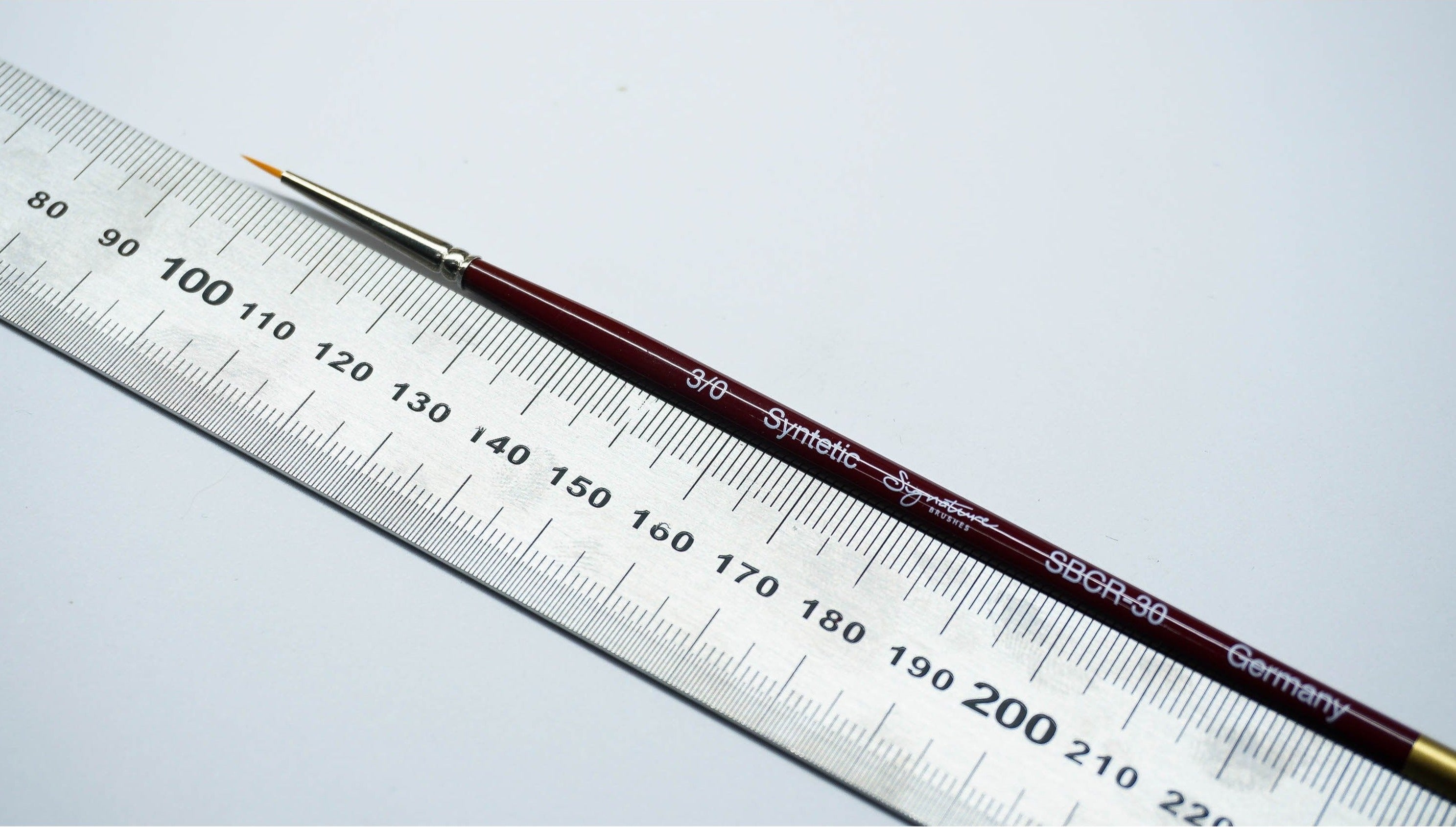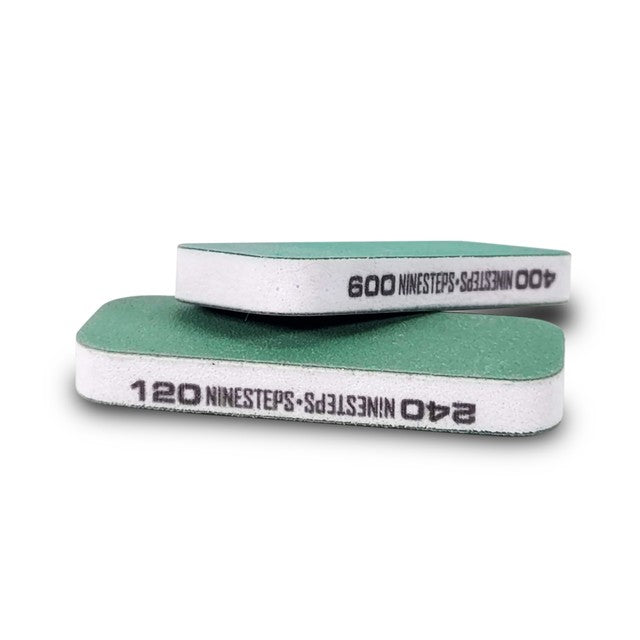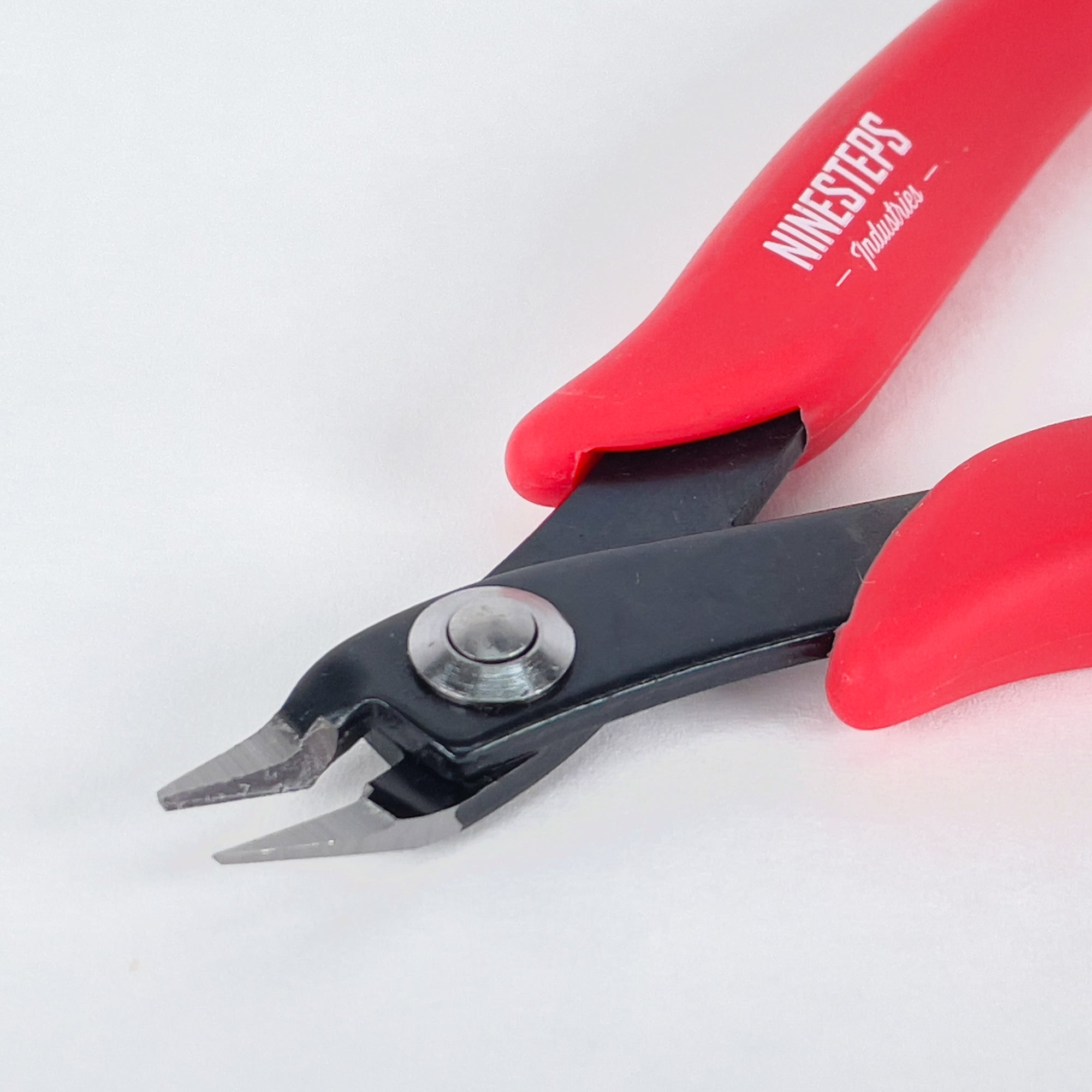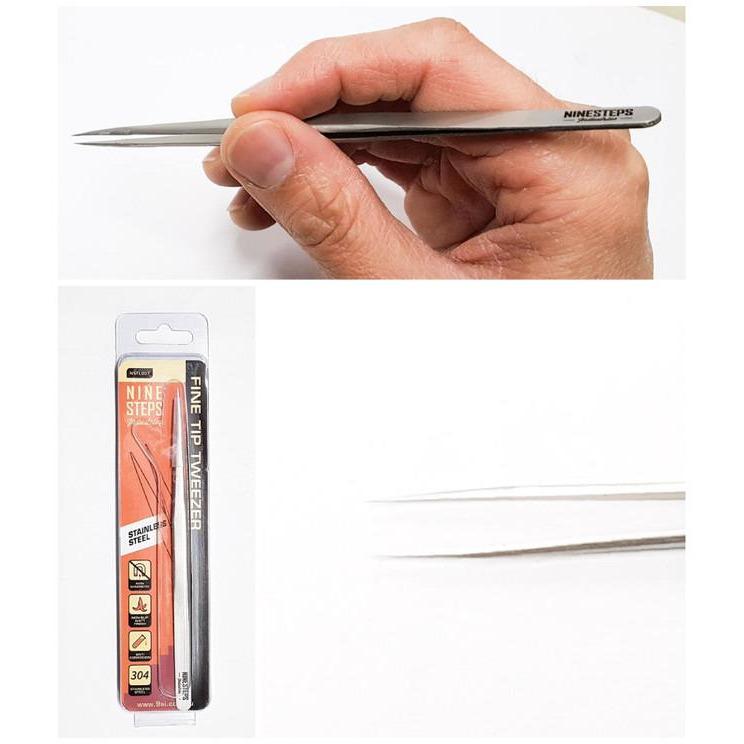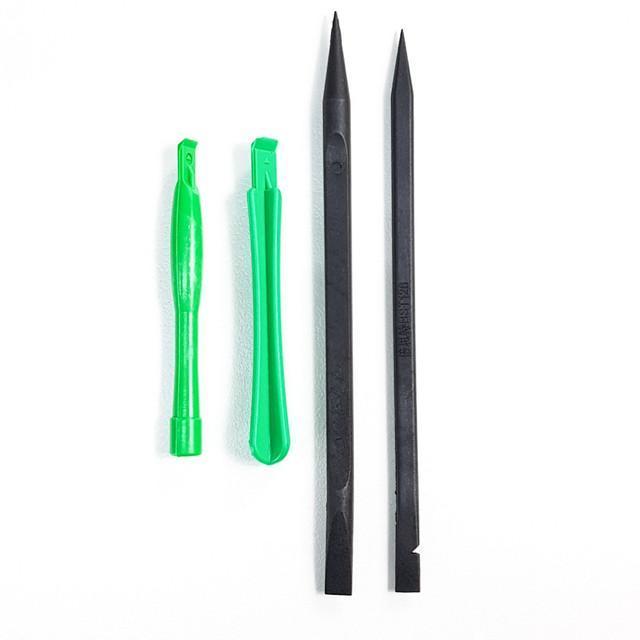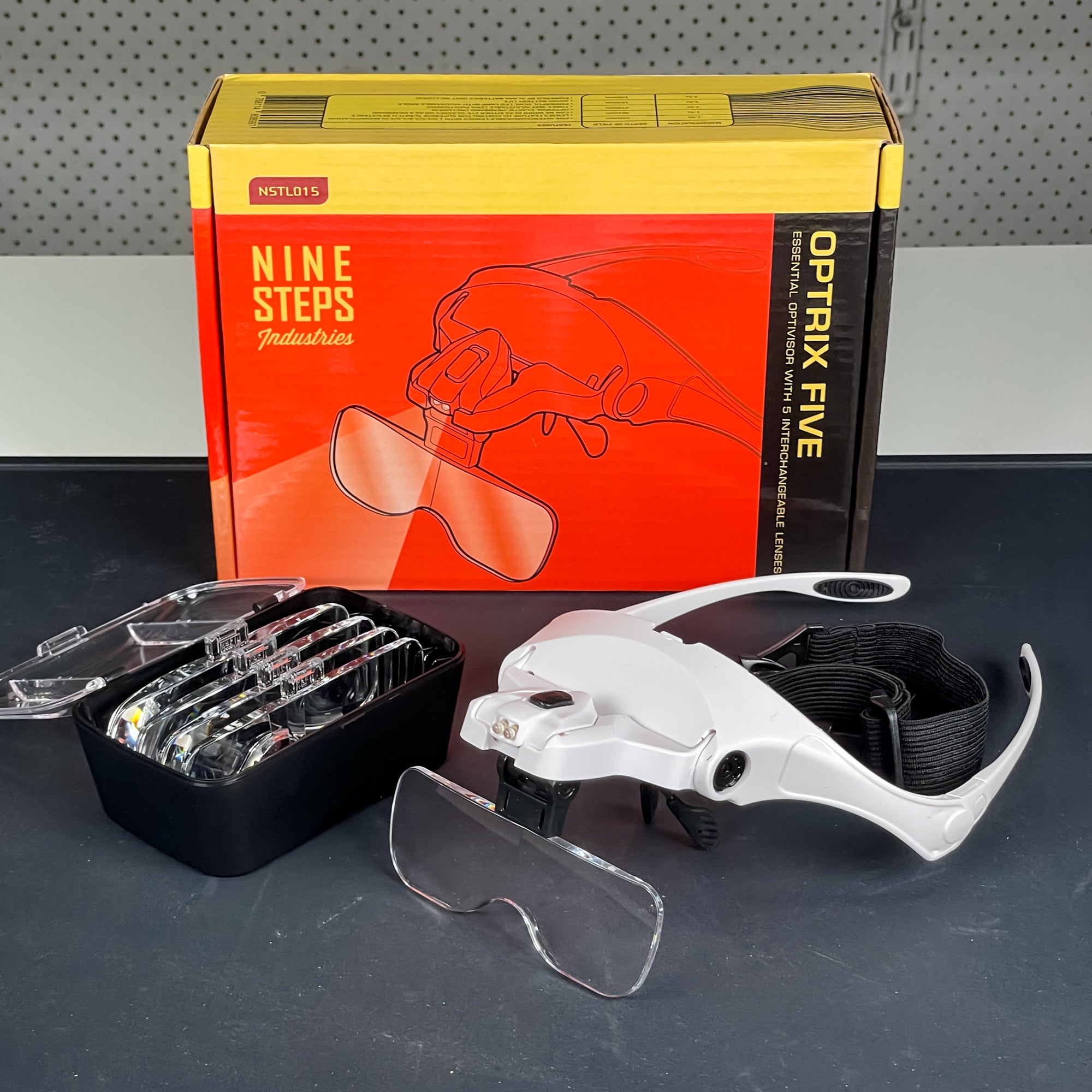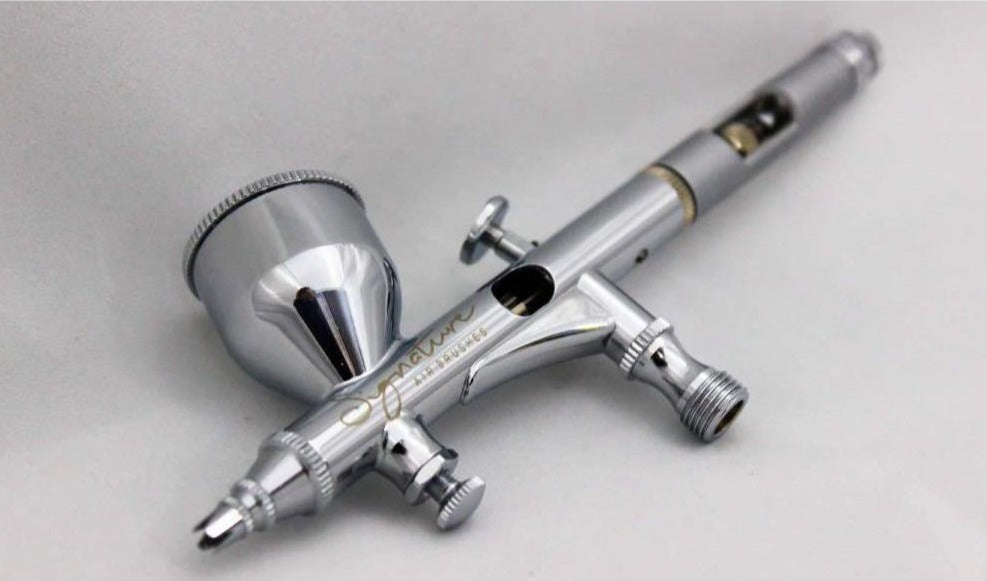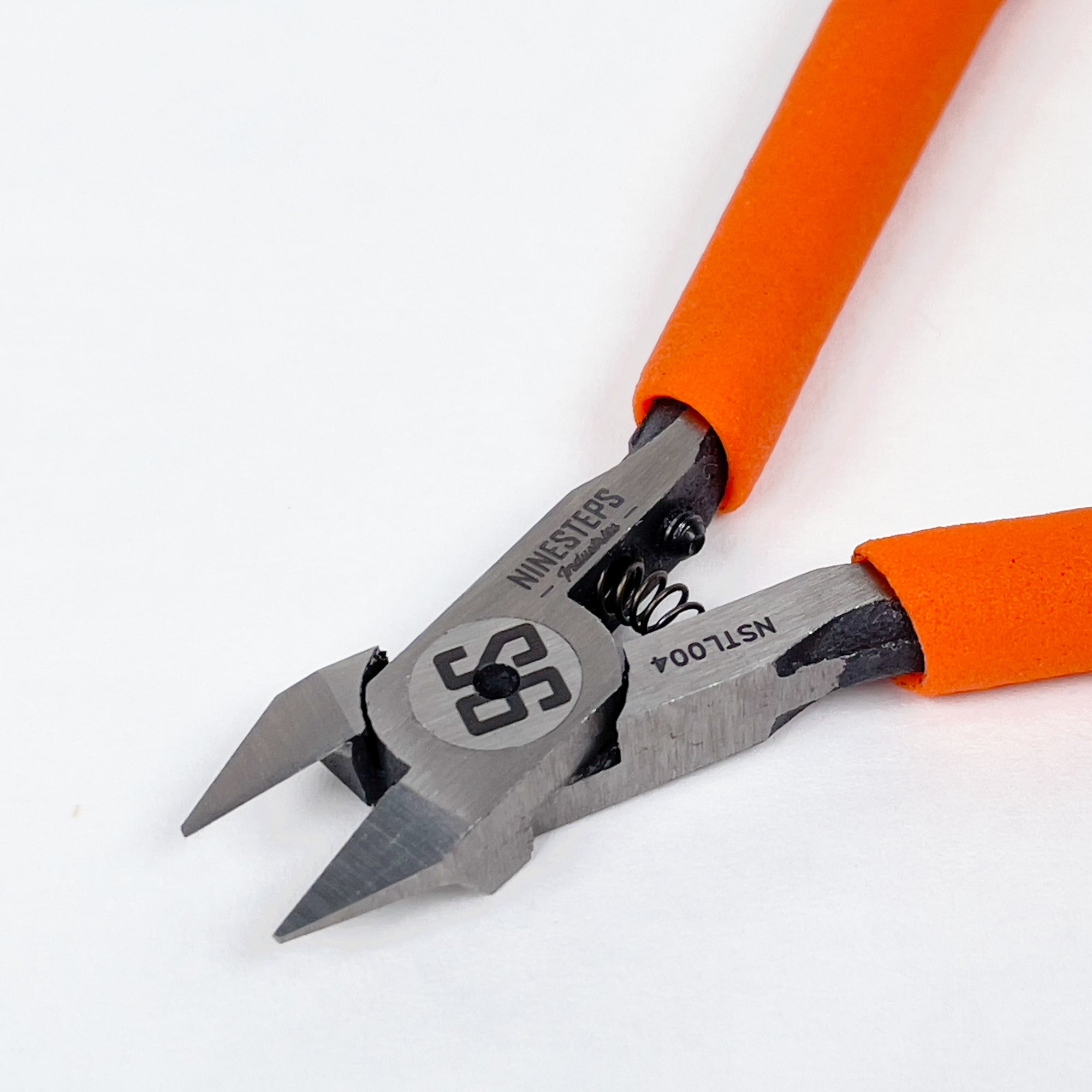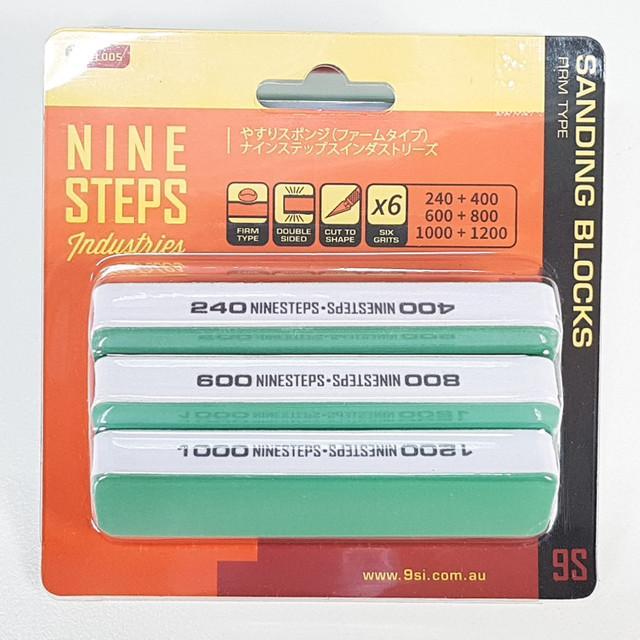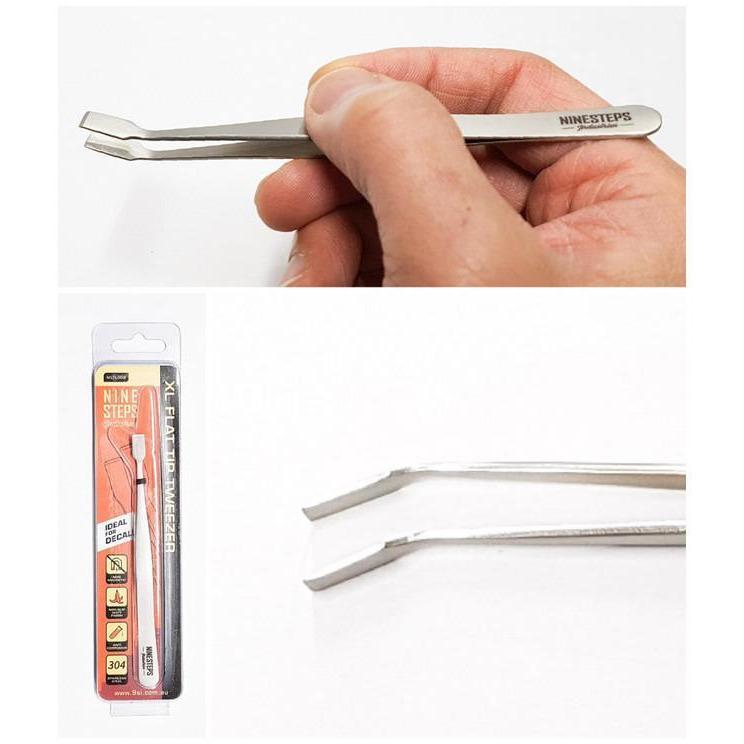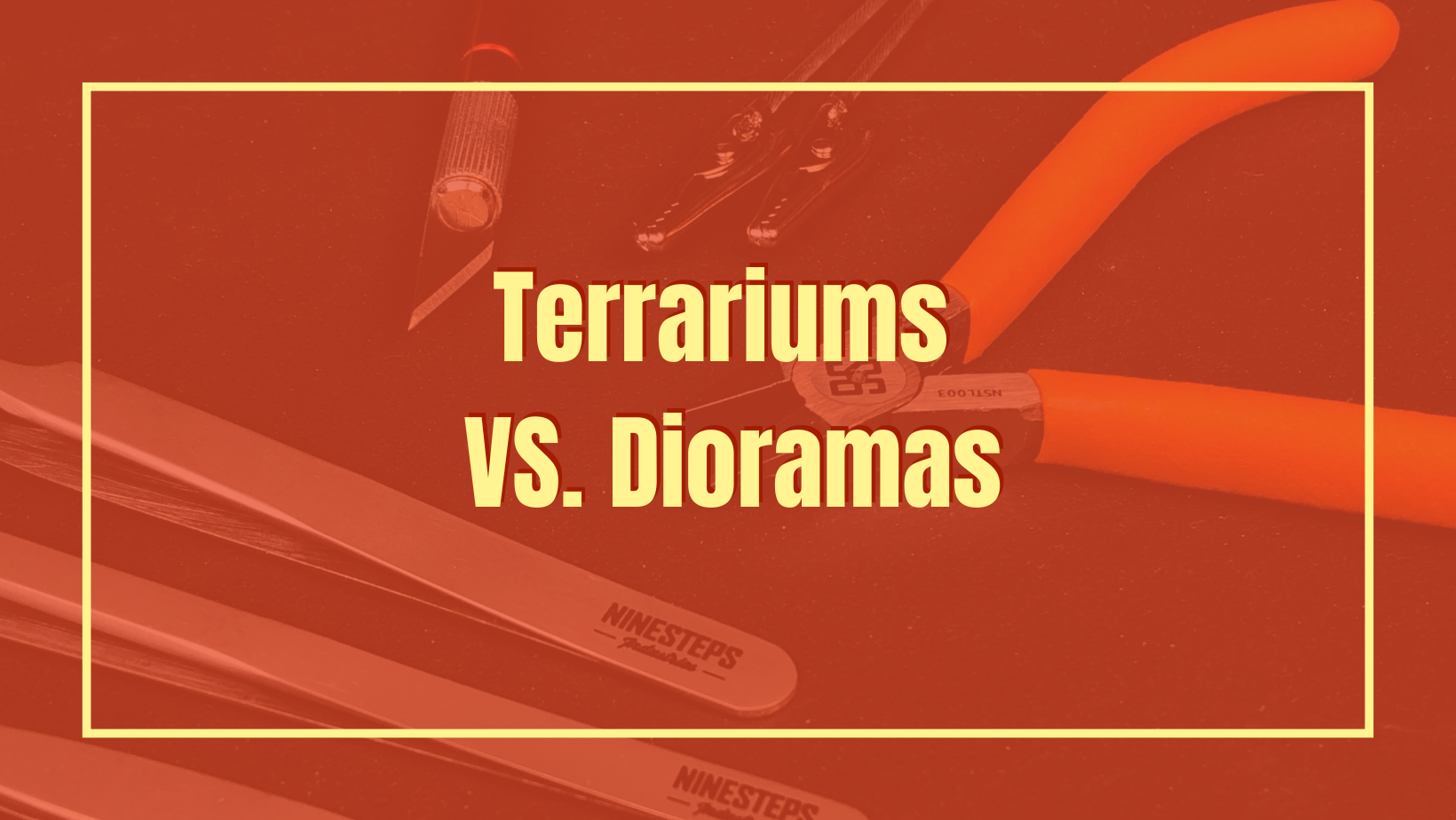
Terrariums vs. Dioramas | A Modeller’s Guide
Are you in a crafty mood? Do you want a project to tinkle with, or perhaps something fun to do to pass the time? We have a couple of ideas in store to keep that crafty mood going and turn it into something nice and productive. Terrariums and dioramas are highly customizable pieces that you can make from scratch. Whether you are a beginner or someone who has done a similar project before, either one of the two is a fun way to pass the time and let out your creative juices.
Summary
- Terrariums and Dioramas
- Terrariums vs. Dioramas
- Terrariums + Dioramas?
- In Conclusion
Terrariums and Dioramas
What are Terrariums?
Terrariums are miniature ecosystems inside an enclosure that houses tiny plants. Typically, these mini gardens require very little maintenance to survive, with some terrariums being self-sustaining and able to live for long periods of time without any external interference. Nowadays there are many different renditions of terrariums, but it is commonly used to denote a tiny plant enclosure inside a clear container. It usually includes small plants with very little growth and can even include insects like isopods and other small animals, depending on the size and design of the terrarium.
What are Dioramas?
Dioramas are three-dimensional exhibits that can depict a scene, an event, or a subject. It comes in a variety of scales but is typically miniature in size. Often, it replicates a scene in a realistic manner and can be made with specialized scale models or from scratch using paper, clay, and other art materials. A diorama can depict anything, from a scene in the savannah to a desolate warzone deep within the South American jungles, it is entirely up to your imagination. Dioramas are versatile art forms that can complement a lot of things and cater to a wide variety of creative styles, so it is a fun project to do regardless of what niche you are into.
Terrariums vs. Dioramas
Obviously, these are two different artforms, and pitting them against each other might not be the best idea out there. However, there are beauties in terrariums that you might not find or get in dioramas, and vice versa. So let us explore a little bit more about how they are made and let you decide which one is the better of the two, or if one is just as great as the other. This can also help you decide which of the two suits your style better, or if they are both your cup of tea.
How to Make a Terrarium
For this simple tutorial, we are going to make a closed terrarium. Closed terrariums are built on containers that can be sealed off and house plants that have very little growth and stay relatively small throughout their lives. This type of terrarium can last a very long time and requires very little maintenance if properly made and cared for.
#1: Look for a container; this is going to be your base, so if you have a design in mind already, just keep these things in mind: For terrariums, glass is the way to go, one with a large opening that can be readily sealed and opened.
#2: Choose your plants. Find ones that will fit in your chosen container even after growing, so smaller plants are ideal for this, though you can choose practically any plant as long as you do not mind trimming them regularly. The plants should be able to thrive in a humid environment with high temperatures.
#3: Make a drainage layer at the very bottom to catch the excess water. This layer can be made using small rocks, gravel, or other porous materials.
#4: After adding your drainage, you can now put the soil layer on top. Pre-mixed substrate is a readily available option that you can easily put in; the ABG mix in particular would be your best bet.
#5: Now that your soil is laid on the terrarium, you can start adding your plants. Dampen your substrate with a little bit of water to easily poke a hole and put your plants and their roots inside. Press on the soil around the plant to remove any air pockets and encourage the roots to stick.
#6: Once you have added the plants, you can now start decorating your terrarium. Optionally, you can also add isopods to further boost the plant’s ecosystem. You can use pebbles and other accessories to brighten up your terrarium. This part would be entirely up to your preferences and the container’s capacity.
#7: Add the finishing touches. At this point, water your plants and the substrate until they are damp, NOT wet. After this, you are all done. You can now seal your terrarium and open it on occasion to water or trim the plants.
How to Make a Diorama
#1: Conceptualize the diorama that you want to build. Do you want to go for a war theme? A nature theme? Something historical. First, decide what kind of diorama you want to build and go from there.
#2: After deciding on what you want to make, find a sturdy base that can hold your landscape. It can be a painted cardboard background or a simple styrofoam base. Anything goes, as long as you can make it work. Art has no rules.
#3: From there, you can start building your landscape. Your landscape will set the tone and mood of your diorama, so it is crucial that it adheres to the theme and the vision that you want to present. Build it layer by layer onto your base and add more elements to it as you go.
#4: Once you are satisfied with your landscape, you can now start putting on the subjects and characters of your diorama. It can be figures, scaled models or just about anything really, add those elements to the diorama and play around with it until it feels right.
#5: After adding the major elements, add the finishing touches to your piece and admire your work. At this stage, you can also put a clear glass or plastic cover over the diorama to protect it from dirt and debris.

Image: Ninesteps Premium Nippers featured in @scaleton_’s diorama of a fictional Rocawear Storefront.
Terrariums + Dioramas?
Both artforms are interesting hobbies to take up on when you are in a creative mood. If you have made a terrarium or a diorama before, maybe even both of them you will notice that they have aspects that are similar and can complement one another. A terrarium-diorama hybrid would surely be a cool concept idea!
See how we build a Terrarium at Ninesteps!
Hobbies! Hobbies! Hobbies!
Are you ready to make a terrarium or a diorama of your own? Here are a few handy tools that you can use for both projects. Ninesteps Industries tools are top of the class and will surely make your creative process easier and more comfortable. Check out some of our products below:
Ninesteps Industries Nippers
These specialized hobby cutters can be useful in trimming your plants and cutting off any excess in your dioramas. These nippers are the perfect choice for any light, precision cutting job you may have.
NINESTEPS Essential Side Cutter

Get the NINESTEPS Essential Side Cutter here
NINESTEPS Classic Side Cutter

Get the NINESTEPS Classic Side Cutter here
NINESTEPS Premium Side Cutter

Get the NINESTEPS Premium Side Cutter here
Ninesteps Industries Tweezers
Squeezing in some tiny plants that are too much for your large human fingers to handle Or perhaps you are handling some delicate pieces that only a piece of cold, thin metal could grasp. If so, we have just the product for you! These specialized hobby tweezers have varying tips, so there is one for every need.
NINESTEPS XL Flat Tip Stainless Steel Tweezer

Get the XL Flat Tip Stainless Steel here
NINESTEPS Fine Tip Stainless Steel Tweezer

Get the Fine Tip Stainless Steel Tweezer here
NINESTEPS Angled Fine Tip Stainless Steel Tweezer

Get the Angled Fine Tip Stainless Steel Tweezer here
NINESTEPS OPTRIX FIVE Mag Head Visor
Is your eyesight not as good as it was before? Or perhaps you work with terrariums and dioramas with miniature elements that are a little too much to handle for your eyes. If you are looking for something to give you that extra magnification, the NINESTEPS Optrix Five Mag Head Visor is just what you need. Each set comes with five magnifying lenses (1.0X, 1.5X, 2.0X, 2.5X, and 3.5X) and a powerful LED lighting system. Best part is, these can also be used with prescription glasses!

Get the NINESTEPS OPTRIX FIVE Mag Head Visor here
In Conclusion
Letting your creative side loose once in a while is a wonderful experience. Whether you choose to make a diorama, a terrarium, or maybe a little bit of both, the hard work that you put into the project will definitely show and make it all the more special!
Check out other products, blogs and other cool stuff here. Did we miss anything? Let us know!
Also, make sure to follow us on Facebook, Instagram, and Youtube!

